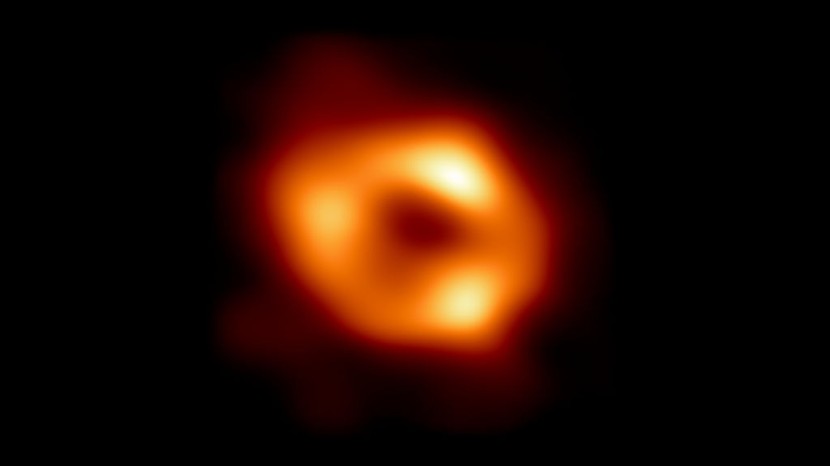Using the Webb Space Telescope, astronomers have found the farthest distant black hole to date, but that record isn't anticipated to last forever.
The galaxy that contains the black hole was formed about 570 million years after the Big Bang. This black hole was discovered in 2021 by a Chinese team using a telescope in Chile, which is 100 million years closer to the Big Bang than the black hole.
One of the primary researchers, University of Texas at Austin astronomer Steven Finkelstein, said Webb has already discovered other black holes that appear to be even more nearby to the Big Bang around 14 billion years ago.
However, those discoveries are still being reviewed. The Astrophysical Journal Letters has agreed to publish the discovery.
The team from Texas says further observations are required because the indications from this specific black hole are so feeble, reported by the Associated Press.
There are countless dormant black holes, some of which are even farther away than this one. But according to Finkelstein, they are undetectable without any luminous gas.
This specific black hole, discovered in February, is active and relatively small compared to other black holes; it has a mass of around 9 million times that of the sun. According to the team, that is comparable in size to the one in our own Milky Way galaxy.
Two additional tiny black holes from the early cosmos, dated from about 1 billion years after the Big Bang, were also discovered by the team using Webb. These smaller counterparts may have been more prevalent than previously assumed as the cosmos took shape, according to the observations.
Webb, the largest and most potent telescope ever carried into space, will be launched in late 2021. A year ago this week, NASA celebrated the launch of the spacecraft by announcing the first photographs and scientific findings.
Read also: Biggest Black Holes Formed From Cold Gas Left by Unimaginably Immense Galactic Space Gobblers
Black Holes in Space
Black holes are some of the most fascinating and mysterious objects in the universe. They are regions of space where gravity is so strong that nothing, not even light, can escape. They are formed when massive stars collapse at the end of their lives.

The smallest black holes are about the size of an atom, while the largest are billions of times more massive than the sun.
Black holes are invisible, but we can infer their existence by their effects on the surrounding space. For example, if a black hole is close to a star, the star's orbit will be distorted by the black hole's gravity.
We can also see the effects of black holes on the gas and dust that surrounds them. As the gas and dust fall into the black hole, it is heated to very high temperatures and emit radiation.
Black holes are still a mystery to scientists, but they are one of the most important objects in the universe. They play a role in the evolution of galaxies and the formation of new stars. Black holes are also a source of powerful radiation, which can be used to study the universe.
Related article: Rare Discovery of Two Pairs of Giant Black Holes on Collision Course








